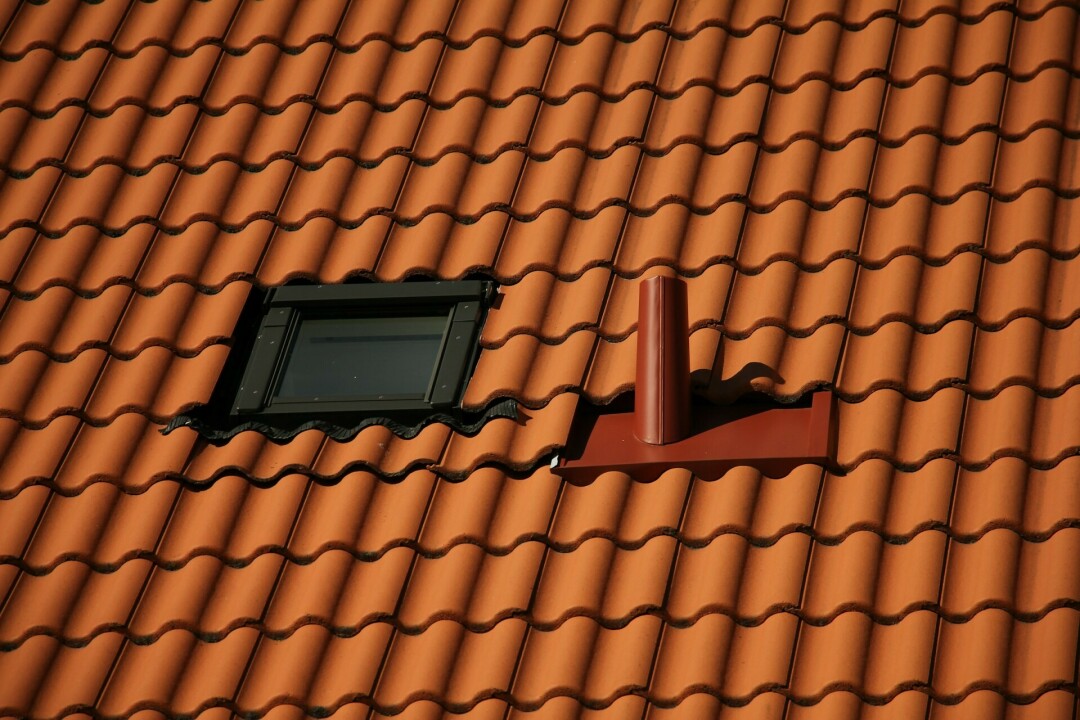What to Do When the Roof Leaks
Saturday Nov. 2nd, 2024

Leaky roofs might be the most common destructive inconvenience. Everyone has dealt with at least one in their lives and we all hate them. The temporary fixes are simple, sure, but finding the root cause can be tricky and interesting as you are proven incorrect over and over again.
Before you start exploring popular metal building roof styles to replace your roof altogether, see if any of the following tips can end your watery woes.
Take Immediate Action
There are ways to discover a leak before the damage seeps through the ceiling as drips, but none of that information helps in the heat of the moment. If your ceiling starts dripping then you need to take immediate action.
Hopefully, your immediate thought was to run and grab a bucket and a few towels. Make sure to bring an extra towel to set inside the bucket because ethos will prevent the water dripping into it from splashing out of it. The rest will help you clean up the mess or even move furniture out of the way.
What you do from here will vary. The first thing you need to consider is covering the offending part of the roof with a tarp. If this is not possible for whatever reason then take a bucket or plastic storage bin with you into the attic.
If you can find the leak here, palace the container beneath it. It will do the same thing as the one you placed to catch the ceiling drips but higher, saving your furniture from further harm.
Don’t forget to document any damage after the appropriate mitigation efforts have been made; you may be able to file a claim with your insurance and be reimbursed for the damage you suffered.
Pay Attention for the Signs
Discovering that you may have a leaky roof is easy to do once water starts pouring through the ceiling, but a lot had to happen before that.
Luckily, every single step of that process leaves visible signs that something is wrong. Smelling a musty smell is the first sign and one of the most alarming. This not only means that there is a problem but that it’s already creating another.
As you explore the attic, look above you for discoloration and watch beneath you for signs of saturated insulation. Stains or discolorations of the roof’s underside may indicate where water is leaking through while saturated insulation not only tells you where the water is landing but also that it's been leaking for a while and is about to start leaking through the ceiling.
If you see any of these or other signs of a roof leak, you need to act quickly to prevent further damage and to remedy that which has already been ruined.
Find the Source
One easy way to find the roof leak is to climb into the attic. As mentioned before, there may be multiple signs in there for where the leak started and where that water is going. You may be able to perform temporary repairs here to buy yourself some time while you figure out what happened on the outside to cause this.
Searching for the leak on the roof itself is a bit more tricky as they are slanted. This allows water to slide right off but can also make finding the leak source tricky. Despite this, sometimes the signs are easy to spot. Damaged and warped shingles, holes, clearly damaged roof fixtures and more can all be the cause of a leak.
If you struggle to find the source then you may need to call for help and hoist a hose up the ladder. Spraying water on the roof with the hose can help you identify exactly where the leak started because the helper who’s inside the attic will alert you to when drops start to form.
Prepare for Any Needed Repairs
When the sun shines bright and the roof is dry, it’s time to for you to actually repair the roof and stop the leak. Occasionally, the remedy is something simple you can do such as replacing dried-out caulking or just adding a few washers—but this is unfortunately not always the case.
An underlying problem could cause a section of shingles to absorb rain water and warp, a tree could have caused some serious damage or any other number of things could have gone wrong.
Even if you consider yourself to be pretty handy, these situations call for a professional. Contact your local roofer if the problem is too big for you to handle or you can’t find the leak at all because a failure at the top of your structure will cause problems all the way down, and the entire reason you're here is to fix one of these problems, not to create more.
| Tweet |